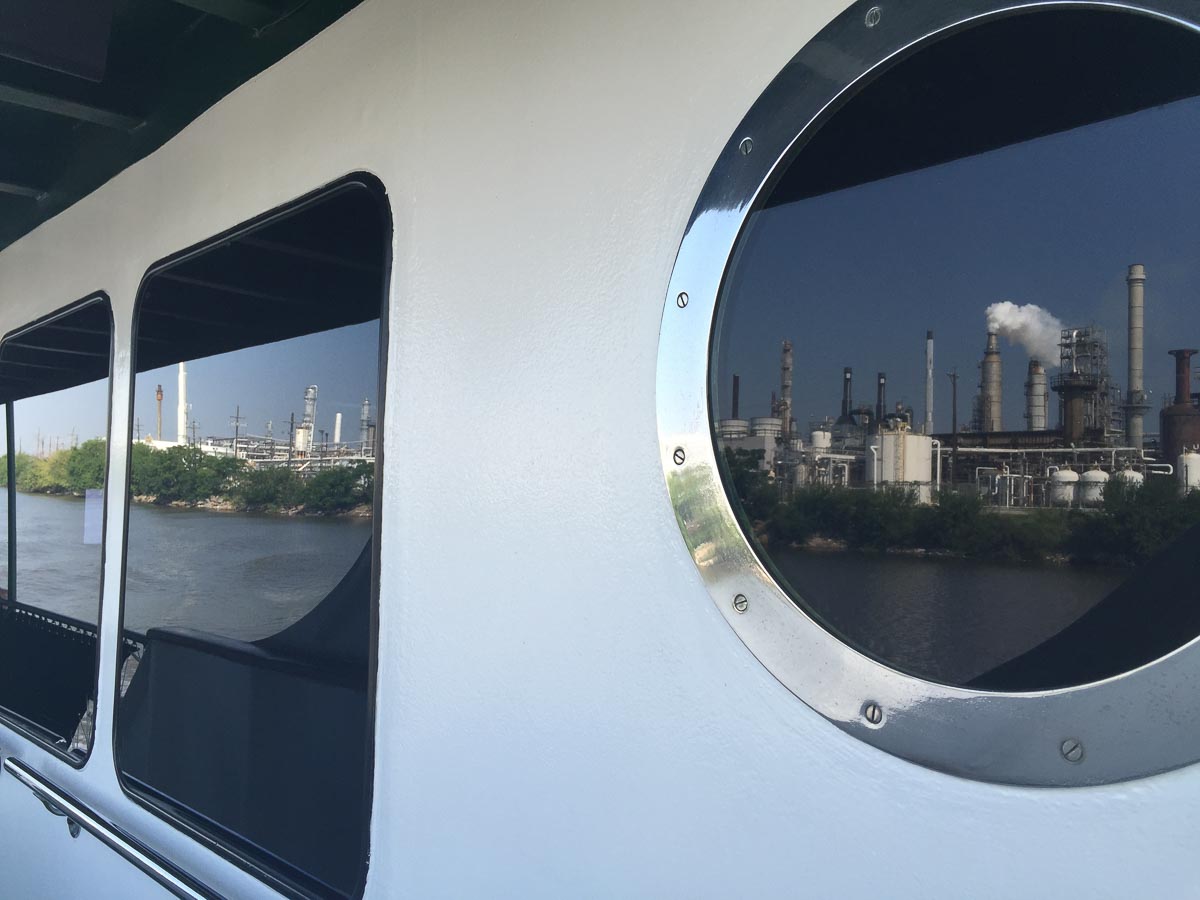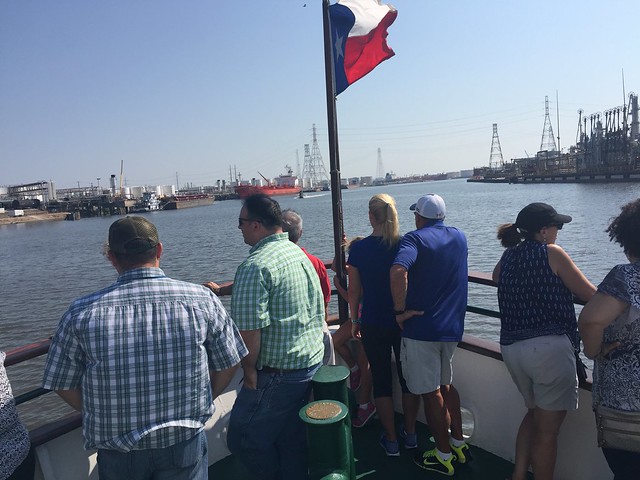It takes 52 miles to journey from the start of the Houston Ship Channel to the waters of the Gulf of Mexico. Along the banks of the winding waterway sit whole cities of industry.
Refineries, warehouses, cement plants and other structures create a unique skyline. Ships dotting the more than 150 terminals along the channel fly flags representing ports of call from around the world.
In the early days of Houston, smaller ships carried goods from Galveston's port into the city. But it wasn't until the federal government in 1914 agreed to help Houston fund dredging of its own waterway that it was open to the deep-water business. Today, the Port of Houston Authority touts its enormous economic impact not just on Houston but on the state of Texas.
Businesses tied to the Houston Ship Channel contribute nearly 1.2 million jobs to Texas and nearly $265 billion in statewide economic impact, it says, according to a 2015 study. Additionally, more than $5 billion in state and local tax revenues are generated by business activities related to the port, officials say.
For others, who live amid the steady stream of trucks and trains shuttling to and from the Port, the impact is more direct -- often providing their livelihood while also having less-desirable effects on their lives.
Critical to the city's history and economy, the Port remains at a distance for many Houstonians.
Hear the Kinder Institute's story on the report by streaming the audio above. Then, click through the slideshow below to see images of the Port and the community that surrounds it.


